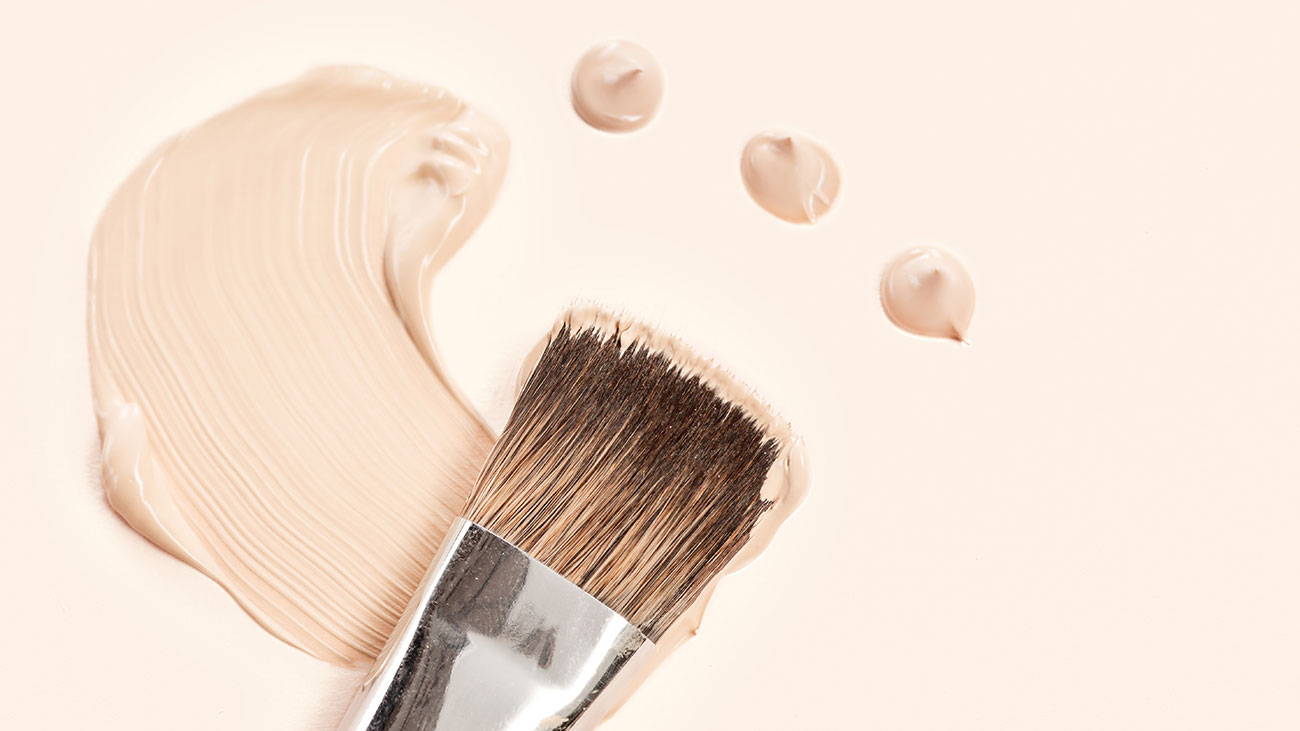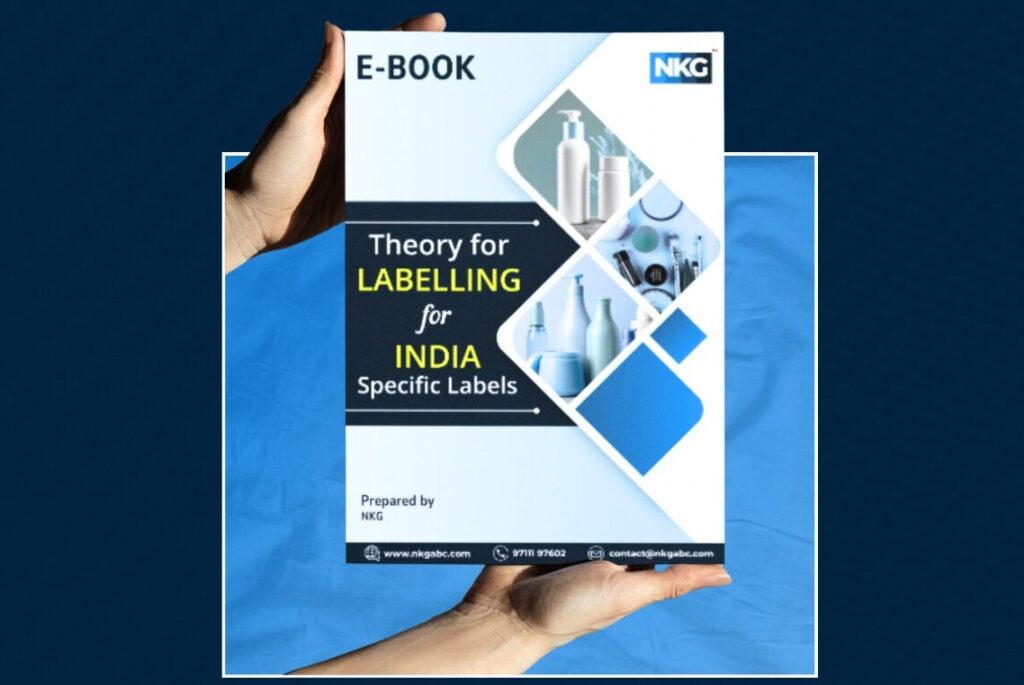1. Overview of CDSCO
In India, the Central Drugs Standard Control Organization (CDSCO) serves as the regulatory body responsible for overseeing medical devices and cosmetics in the Indian market. Its primary objective is to ensure the safety and efficacy of these products sold in India. CDSCO is committed to ensuring that medical devices and cosmetics pose minimal risks and offer substantial benefits to the intended population. CDSCO adheres to the Drug and Cosmetic Act of 1940 to regulate cosmetics in India and the Rules of 1945. These guidelines provide the framework for manufacturers and importers seeking to enter India’s cosmetic market. Compliance with these regulations is essential at every stage, including manufacturing, importing, storing, labelling, transporting, and advertising cosmetics to Indian consumers.
- Registration: Manufacturers or importers must register their cosmetic products with CDSCO.
- Safety Assessment
- Good Manufacturing Practices (GMP)
- Labeling Requirements
- Advertising Regulations
- Post-Market Surveillance
2. What are cosmetics
As per the Drugs and Cosmetics Act of 1940, Cosmetics is “any article that can be rubbed, poured, sprinkled, sprayed, applied or introduced to any part of the human body to increase the beauty, appearance or attractiveness or any part that consumers can use in cosmetics.
3. What is face foundation
Face foundation is a liquid, cream, or powder makeup that can be used to apply on the face and neck to create an even, uniform color to the complexion. It can be used to cover flaws. It is used as a base for makeup and can also work as a moisturizer, or sunscreen.
4. Types of foundation
10 different types of face foundation can be used based on the requirement.
- Cream foundation: They have a smooth and silky texture and can be used in winter. It hydrates the skin and is easy to apply and has a thicker consistency.
- Liquid foundation: It is the most famous one. There are a lot of choices available for this type of foundation.
- Cream-to-powder foundation: Changes from cream to powder texture after application.
- Pressure powder foundation: Comparatively less popular, works well for oily skin.
- Mineral powder foundation: Popular among people with sensitive skin, blends with the skin, and gives an even tone.
- Cushion-type foundation: Cushion foundations have gained popularity in recent years. They consist of a liquid foundation housed in a compact with a sponge applicator. Cushion foundations offer lightweight, buildable coverage and are convenient for quick and easy application.
- Airbrush foundation: People can either use silicon airbrush foundation or water-based foundation. It can be applied with an airbrush gun.
- Serum foundation: Serum foundations have a lightweight and fluid texture. They often contain skincare ingredients and offer a natural, sheer to light coverage. Serum foundations are suitable for those who prefer a lightweight feel and a more natural finish.
- BB cream: Also called blemish balm cream.
- CC cream: Also called color corrector cream.
5. Category of make-up
Unlike medical devices CDSCO do not classify the cosmetics into different classes based on the risks involved. While cosmetics categorised as per the category list given by the authority depends upon their intended use. And foundations are mainly categorised in the category; Foundation.
6. Forms required
Application Form | Approval Form | Fees | Licensing authority | Validity | Penalty |
Form Cos -1: Application to import cosmetic | Form Cos- 2: Permission to import cosmetics | $1000 for each category+ $50 for each variant + $500 for each manufacturing site |
CDSCO | Five years | Under section 10 A, a person can get imprisonment for three years, a five thousand fine, or both. |
Form Cos– 5: Application to manufacture cosmetic | Form Cos– 8: Permission to manufacture cosmetics | Rs. 10,000/- (Ten items of each category are free) | Five years | A person can get imprisonment for one year, a one thousand fine, or both, which can be extended to 2 years imprisonment and a fine up to INR 2000. | |
Form Cos– 6: Loan license application to manufacture cosmetics. | Form Cos– 9: Permission for loan license to manufacture cosmetics. | Rs. 2500 and Rs. 1000 inspection fees for each inspection. | Five years | NA |
7. Documents for the cosmetics business
To manufacture | To import |
Form Cos –5; | List of documents required for Import registration in COS-2: |
Adhar card number with valid mobile number (mandatory) | Document required from the overseas manufacturer: Legal documents (which need to be attested): · First Schedule · Frees Sale certificate. · GMP certificate of an actual manufacturing site – Technical Documents (on manufacturer’s letterhead with a sign and stamp): · Product Specification/COA · Ingredients List · Testing Method · Heavy Metal declaration · Non-animal testing declaration |
Fees challan; Cover letter | Documents from Authorised Agent: · Cover Letter · Second Schedule
The applicant must provide the translated version if any documents are in a foreign language. |
Ownership of the cosmetics brand. |
After getting the registration certificate, · If there are any changes in labeling or composition or testing, specification, or documentation of any of the cosmetics pertaining to this Registration Certificate, etc., then it needs to be informed to CLA within 30 days of such changes. · And if there is any Change in Name or address of the Authorized Agent or Legal manufacturer without constitutional change, then it needs to be informed to CLA within 60 days of such changes. |
Documents of the firm constitution, such as the article of association | An affidavit shall be present if there is no provision for a manufacturing license for cosmetics in a country. |
Declaration of partners and the list with the names of Directors, Partners, and Trustees with their complete addresses | For those cosmetics products imported for R & D purpose registration certificate is not required. |
Power of Attorney on behalf of the company to authorized agents to submit applications | Fresh/ New registration cases: · Any change in the constitution of a Licensee. · In case of acquisition or merger of the company with any other company. · Change in share capital or Board of Directors. · Proprietorship to a partnership, including Limited Liability Partnership or vice versa. · Conversion from a private to a public company or from a public to a private company |
Approved layout plan for manufacturing site with the section-wise layout of the site and machines. | No fresh/new registration cases: · Testing Method change. · Composition change · Updates in packs and labels · Minor manufacturing changes not affecting the final product. · Change in Name or address of Authorized agent or Legal manufacturer without constitutional change.
v A fresh registration certificate has been taken from the CLA within 180 days of such change. |
Possession of documents such as ownership. Registry, lease, rent papers. |
|
Master file of the site. |
|
List of the plant according to a section of machinery and safety equipment |
|
Technical staff’s full particulars. |
|
Declaration of manufacturing analytical chemist |
|
List of cosmetic products with their composition formula and manner of labelling. |
|
Manufacturing process details, flow chart of the process. |
|
Details of the water system with water testing report. |
|
Registration from the district industries centre. |
|
Permission from state pollution control for manufacturing site |
|
NOC from the fire safety office |
|
Approval from the government for testing. |
|
8. Steps to register cosmetics in India
Step 1 : Determine if the products fall under cosmetic category from the list available in Drug and Cosmetic Act 1940 and Rules 1945
Step 2 : Fill the application based on the role – manufacturer or importer.
Step 3 : Licensing authority will scrutinize the documents
Step 4 : Submit the documents based on the role -manufacturer or importer.
Step 5 : If you are an importer don’t forget to appoint the authorized agent
Step 6 : Licensing authority satisfied with the documents.
Step 7 : Grant of permission for manufacturing or import based on the application submitted.
Step 8 : Market the cosmetic product in India.
Conclusion: India’s base market size in 2021, was valued at USD 16.15Bn and in 2030 is expected to reach USD 25.49 Bn with a CAGR o 5.3%. As the millennial population is rising the demand for face foundations is also increasing since now makeup is not gender specific and is also used as an art of expression. Thus, the government of India is taking steps to regulate the cosmetic market along with CDSCO to ensure people do not fall for false claims and have a variety of products to choose from. That’s why new manufacturers and importers need to study the market dynamics, get through with guidelines to register their products, and then enter the market.
Simplified CDSCO Licensing: Your Step-by-Step Guide - Download Now
Download our simplified step-by-step guide to understand the CDSCO licensing process. Streamline your licensing journey and ensure compliance with ease.







